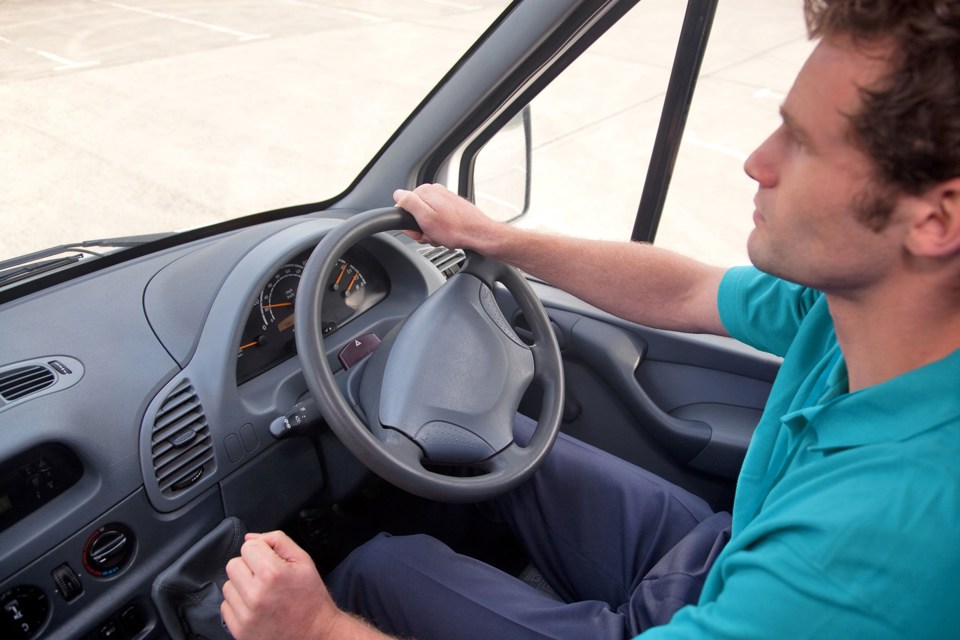Construction firms could risk falling foul of health and safety legislation when it comes to their drivers and vehicles, new research shows.
The study was commissioned by commercial vehicle rental specialist Enterprise Flex-E-Rent and was carried out among 50 UK construction businesses of all sizes from SMEs to national and international giants.
It specifically showed that more than a quarter (28%) admit that they don’t invest in driver training and around one in six (17%) fail to carry out driver risk management and risk assessments.
Danny Glynn, managing director of Enterprise Flex-E-Rent, said, “This research suggests that while the construction sector is aware of the importance of driver safety and many are using a range of measures to promote health and safety, a number of companies could be doing more when it comes to the safety of their drivers and vehicles. On-site health and safety is always taken very seriously, but the duty of care applies equally to employees driving to and from those sites.”
Among the companies that do carry out driver risk assessments, around two in five (37%) are carried out only once a year. Similarly, of those companies that do invest in driver training, nearly half (44%) only carry out training after an incident has been reported to them, and 28% only do so when they’ve received a complaint about one or more of their drivers.
Highlighting the scale of the issue, half of them (50%) say that driver compliance is the single biggest transport safety issue they have to manage.
The research revealed that technology is one of the biggest strategies for ensuring driver safety, as eight out of ten (83%) respondents said they plan to invest in vehicle safety technology in 2017. Among those companies, the most popular safety options are reverse warning alarms (being adopted by 59% of respondents), dash-cams (46%) and driver telematics, Bluetooth comms systems and blind spot cameras (all with 39%).
More than half (53%) of the companies investing in safety technology are doing so mainly to reduce accidents, although 15% say they’re doing it primarily because it helps them to win new business.
Enterprise Flex-E-Rent has identified a number of areas where the construction sector could potentially do more to improve transport safety:
- Prioritising risk assessment planning for all drivers and creating a simple policy that captures the key areas for your business
- Identifying risk areas which are pertinent to the business – for example, locations visited, times of day/year, equipment carried etc
- Monitoring and recording incidents over time so that you can identify and address the most common types of accident/incident and then target training or other corrective measures to address these issues – and sometimes, these drivers
- Ensuring any third parties with which your business sub-contracts have similar processes in place
- Creating a process for ensuring the safety of part-time employees, especially if there are seasonal peaks and troughs in workflow


















Login to comment
Comments
No comments have been made yet.